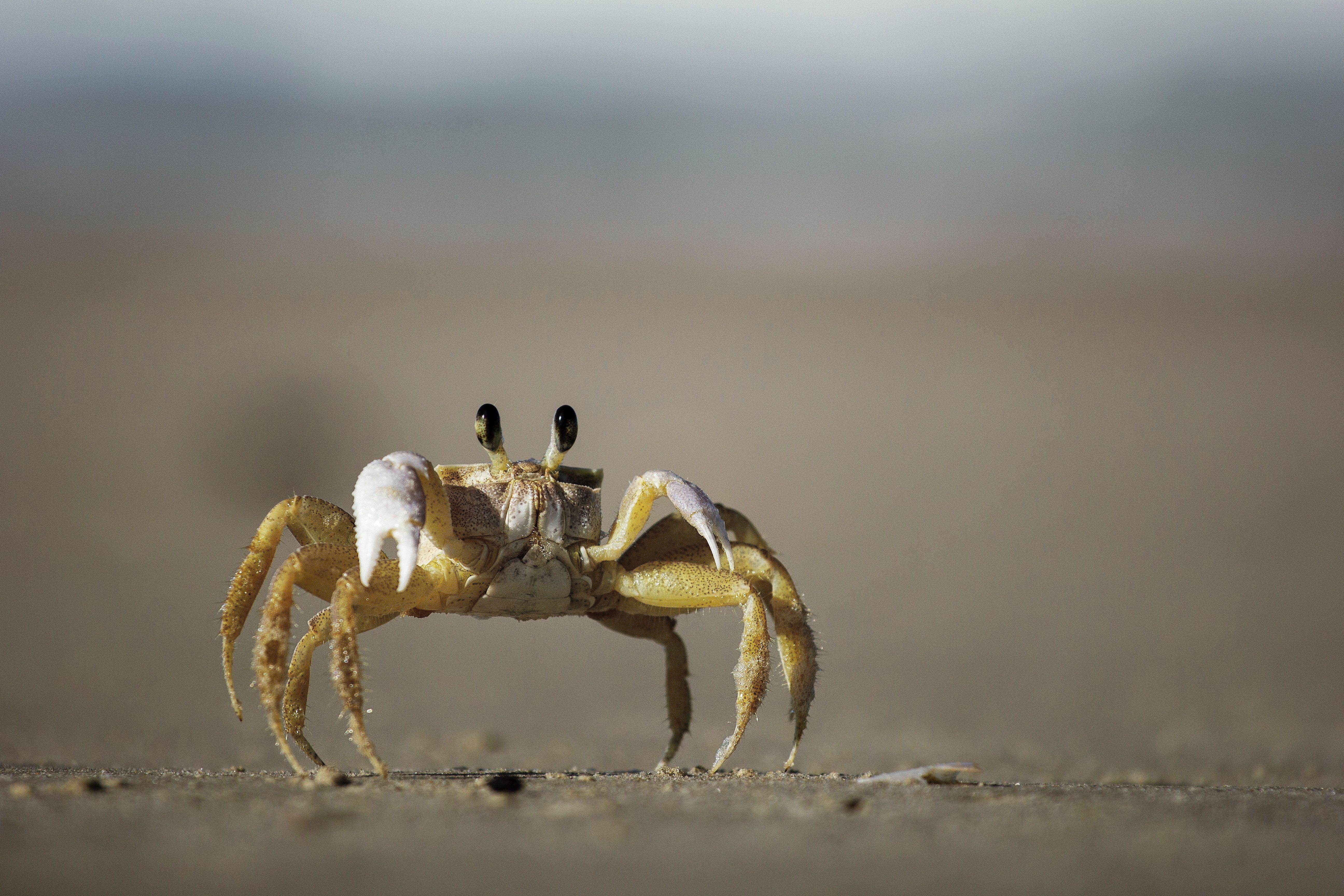Crab shells could make a potential replacement for flexible plastic packaging
Scientists at the Georgia Institute of Technology have developed a material that mimics flexible plastic packaging, made from crab shells and tree fibres. The material is biodegradable and actually performed better than some conventional packaging plastics at preventing oxygen from passing through it, which is important for keeping food fresh.
The scientists came up with a method that involves spraying alternating layers of positively charged chitin, from crab shells, and negatively charged cellulose, from tree fibres, to form a sheet of flexible, strong, transparent material that the scientists believe could work as a replacement for current packaging plastics.
The material is biodegradable and actually performed better than some conventional packaging plastics at preventing oxygen from passing through it, which is important for keeping food fresh
The material has a crystalline structure, meaning that it is very impermeable to oxygen. In fact, the material showed a 67% reduction in oxygen permeability compared to certain forms of PET, which is the most commonly used material for transparent plastic packaging. This means that food packaged in this material could be kept fresh for longer, and the material has not only implications for the reduction of plastic waste, but also reduction of food waste. However, the material performs poorly at blocking water vapour, and further development is required in order to combat this.
As the world’s supply of crude oil dwindles, the importance of reducing our reliance on its derivatives, including plastics like PET, is evident. Chitin and cellulose are two of the most common biopolymers in nature, meaning that if the manufacturing process for this material one day reaches maturity, the abundance of the raw materials required will most likely not be an issue. Currently, methods exist for the extraction of cellulose on a large scale. However, such methods do not yet exist for chitin and would have to be developed before this material becomes a feasible alternative to PET. A possible source for this chitin could be waste from the shellfish industry, which discards a large amount of chitin-containing by-products every day.
This means that food packaged in this material could be kept fresh for longer, and the material has not only implications for the reduction of plastic waste, but also reduction of food waste
This new material certainly holds a lot of exciting potential. Food packaging contributes massively to the alarmingly large amount of plastic waste that currently pollutes our planet, especially the ocean. A biodegradable alternative to PET is a small step on the road to fixing this gargantuan issue. However, further research is still needed in order to bring this material to mass production, to make it economically viable, and to prove its usefulness next to the materials we currently use.

Comments